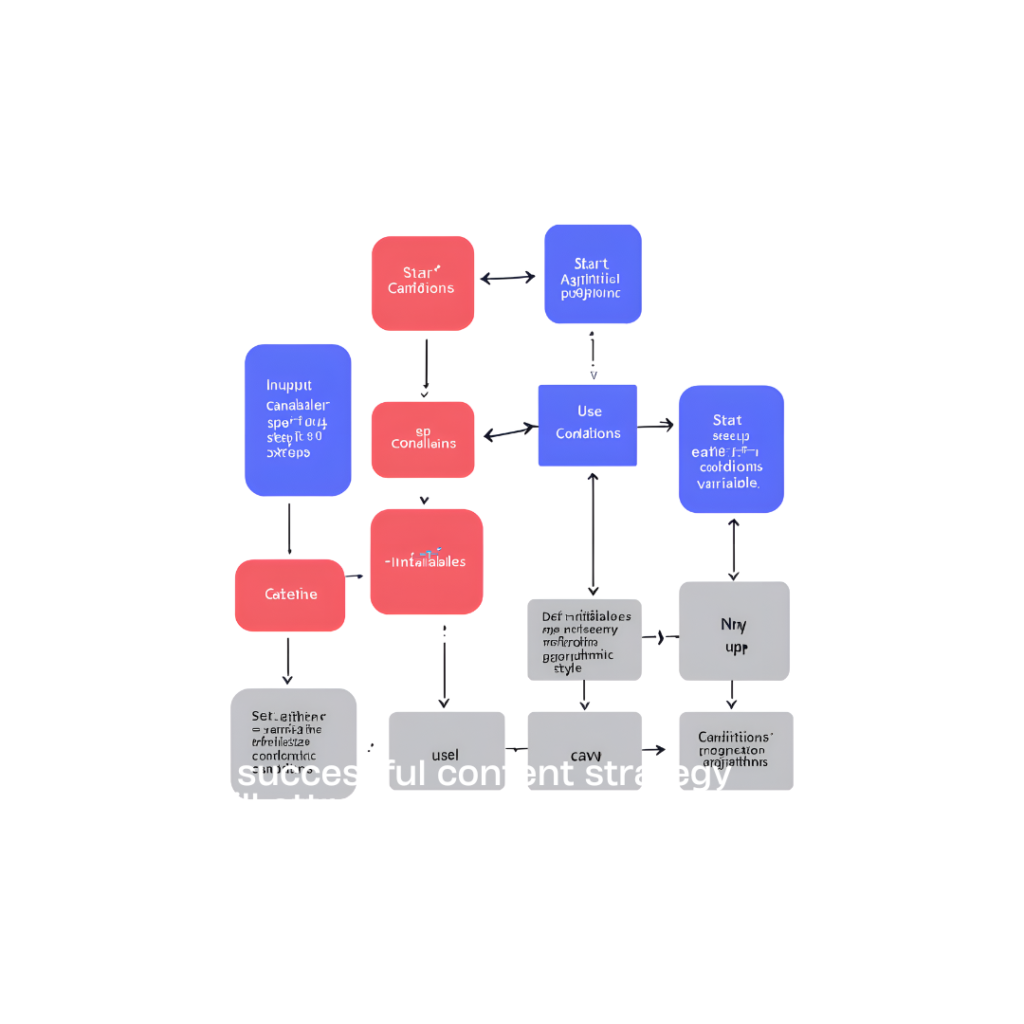Welcome! Today, we’re diving into the basic algorithms and data structures. Now, I know this might sound complex, but don’t worry. We’re going to break it down step by step. By the end, you’ll see why these concepts are so important in computer science.
What Are the basics to Algorithms?
Let’s start with algorithms. Simply put, an algorithm is a set of instructions. Imagine you’re following a recipe. The steps you take to make a cake – that’s an algorithm. Similarly, in programming, algorithms tell the computer how to solve a problem or perform a task.

Understanding Data Structures
Now, onto data structures. These are ways of organizing and storing data so that it can be accessed and modified efficiently. Think of a data structure as a container for your data. Different containers are good for different tasks.
Common Data Structures
Arrays
One basic data structure is an array. An array is like a row of lockers. Each locker can hold a piece of data, and you can easily access any locker if you know its number. Arrays are great for storing collections of items that you want to access quickly.
Linked Lists
Next, we have linked lists. A linked list is like a treasure hunt. Each piece of data points to the next one in the list. Linked lists are useful when you need to frequently add or remove items.
Trees
Then, there are trees. A tree structure is like a family tree. Each piece of data has a relationship to other data. Trees are powerful for organizing data hierarchically, like folder structures on your computer.
Why Are basic Algorithms and Data Structures Important?
Why do we care about basic algorithms and data structures? Well, they make our programs efficient. Imagine trying to find a book in a messy room versus a well-organized library. Good algorithms and data structures are like the organization system of a library – they save time and make everything run smoothly.
Examples of Basic Algorithms
Bubble Sort
Transitioning from understanding to application, let’s consider sorting algorithms. One popular example is the bubble sort. Picture sorting playing cards in your hand. Bubble sort repeatedly steps through the list, compares adjacent items, and swaps them if they’re in the wrong order. It’s simple but not always the fastest.
Quicksort
In contrast, quicksort is like sorting cards with a smarter strategy. You pick a ‘pivot’ card and organize the others into two piles – those less than the pivot and those greater. You repeat this with each pile until everything is sorted. Quicksort is much faster for large datasets.
Conclusion
As you can see, both algorithms and data structures are foundational to writing good programs. They help us manage data efficiently and solve problems effectively. So, whether you’re sorting a list or organizing complex data, understanding these basics is crucial.
Remember, every expert was once a beginner. Dive in, explore, and don’t be afraid to get your hands dirty. The world of basic algorithms and data structures is vast, but with each step, you’ll gain more confidence and skill. Happy coding!


